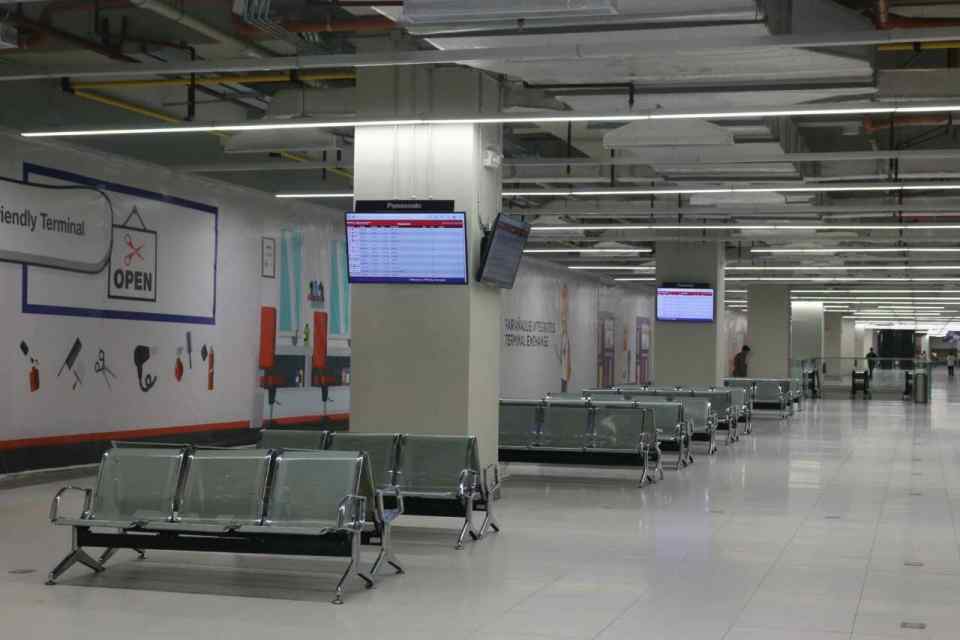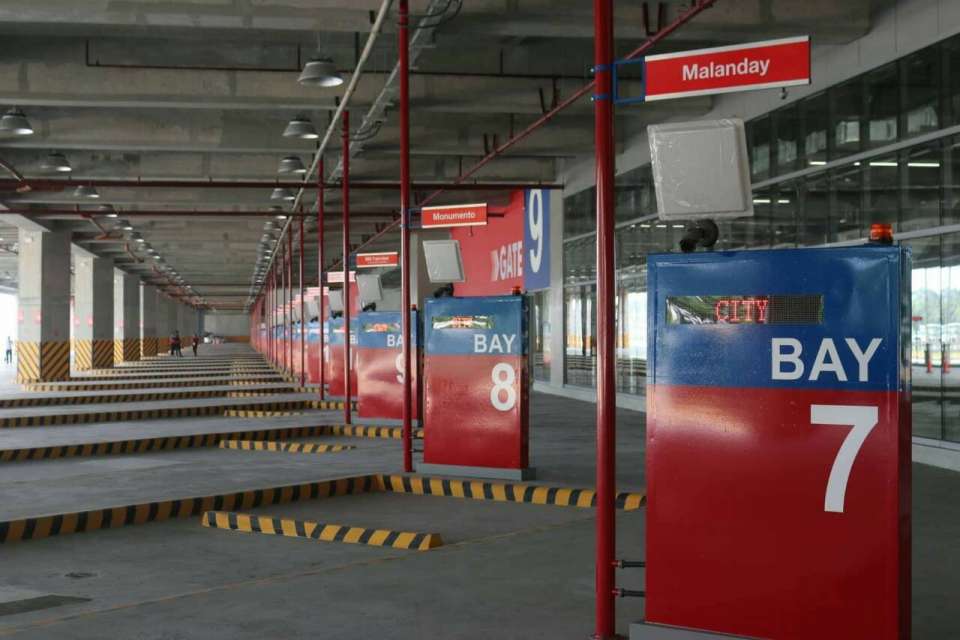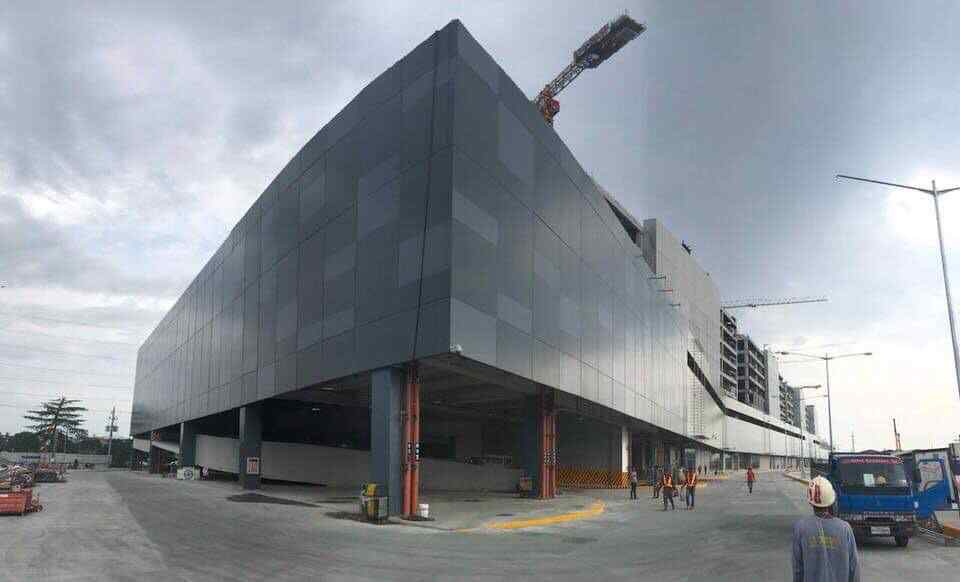DOTr opens the country’s first ‘Landport’ along the coastal road today, November 5.
Acting as the flagship project of the current administration’s ‘Build Build Build’ infrastructure program. The new port along the coastal road will act as a hub that consolidates both provincial transports and metro-bound public vehicles into one area in the south.
Ideally, the Parañaque Integrated Terminal Exchange or PITX ought to provide interconnectivity between different transport modes and services, allowing for efficient and seamless travel for the riding public. Specifically, it will become a link for transportation heading towards Cavite and Batangas as well as acting as a southern hub for public transport vehicles that ply the metro. That said, the PITX is also expected to reduce the amount of buses plying along Taft avenue and Pasay-EDSA.

The terminal building itself is comprised of three levels: departure bay for buses, jeepneys, and taxis are situated on the ground floor, arrival bays for buses on the second floor, and private vehicle facilities such as parking spaces, AUV bays, and a connection to the proposed LRT-1 extension project is situated at the third floor.
Alongside the terminal, five floors of premiere office spaces will be available for leasing as well.

Supposedly the PITX will have a maximum daily capacity of 100,000 passengers and peak hour passenger volume of 4,380 arrivals and 3,808 departures. Trips per day are expected to approximately be 1,060 arrivals and 949 departures on average. In total, the PITX can house 59 bays for provincial and city buses, 49 bays for UV express and jeepneys, and 852 car parking slots.

Provided this hub operates the way it’s meant to be used, do you think we will see a noticeable drop in traffic around the southern part of the metro?
With reports from: Aurick Go of autoindustriya.com
Photos from: autoindustriya.com, Department of Transportation






